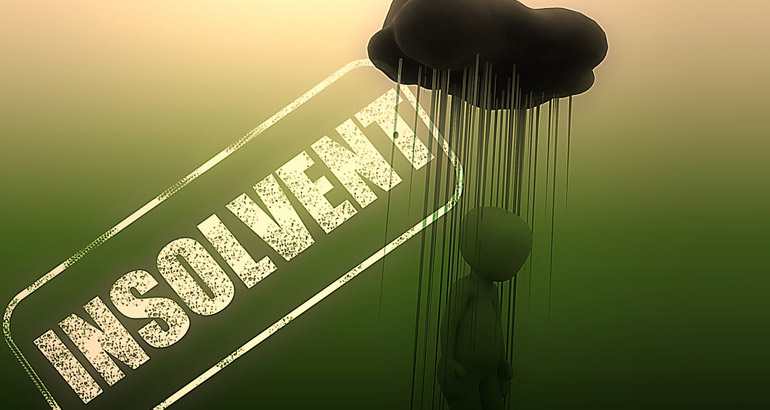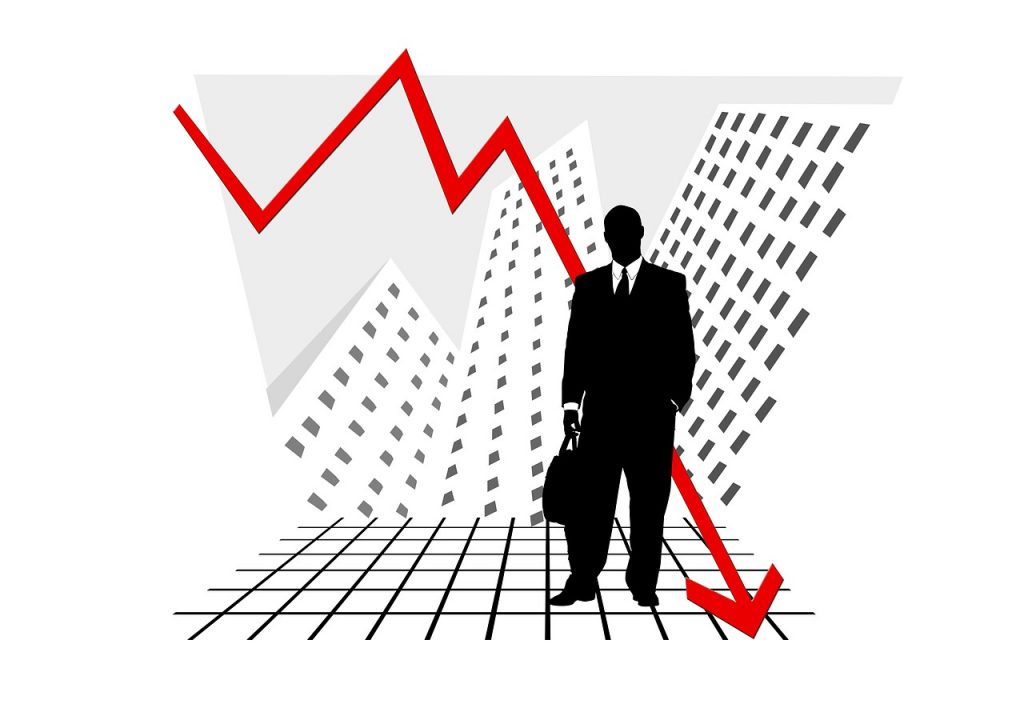Insolvency Practitioner - The Facts
Insolvency Practitioner - The Facts
Blog Article
Everything about Insolvency Practitioner
Table of ContentsThe smart Trick of Insolvency Practitioner That Nobody is Talking AboutThe 6-Minute Rule for Insolvency PractitionerEverything about Insolvency PractitionerSome Known Questions About Insolvency Practitioner.Insolvency Practitioner - An Overview3 Easy Facts About Insolvency Practitioner Explained
Personal bankruptcy is the procedure where a business is ended up and its assets are liquidated to pay financial institutions. This is generally the last option, as it can have a really negative result on the company's track record. Receivership happens when a company is unable to pay its financial debts and is placed under the control of an outside administrator.Volunteer management is comparable to receivership, however it is launched by the supervisors of the firm instead than the financial institutions. This alternative is usually utilized when a company is encountering financial difficulties but there is still really hope that it can be reversed. Company insolvency is a facility and serious problem that can have far-ranging ramifications for services of all dimensions.
With the appropriate aid, you can make certain that your service has the most effective opportunity of weathering this challenging time.
Not known Details About Insolvency Practitioner
Whatever your factor for closing your company, there are numerous factors to consider you have to address prior to 'closing the doors'. There's additionally a whole lot you can do to make the procedure less stressful and get far better end results. Closing down your service is not practically meeting the sensible and legal needs.
Take treatment of your employees As a company, you need to keep track of and provide support to your employees throughout this demanding time - Insolvency Practitioner. Recognize any feasible health and wellness and health and wellbeing issues they could experience due to the fact that of: task insecuritytransitioning through the sale of the businesschange in owners. You can: There are extensively 2 circumstances in which you would willingly close your service
You additionally: do not want to, or can't, market the businesshave no-one to take it over. You may be shutting your organization since: it's not covering its expenses and running costsyou can not sustain the operating costs while trying to market it.
Get This Report about Insolvency Practitioner

Depending on your weblink legal framework, all or some of the adhering to points may apply to you when you willingly close your service. Talk to your accountant, lawyer and my sources organization advisor regarding legal requirements for closing your organization.
You have to finalise all tax concerns for your company, even if it's no longer trading. This includes your obligations concerning repayment of: fringe benefits taxpay-as-you-go (PAYG)superannuationemployment termination.
Some Of Insolvency Practitioner
:max_bytes(150000):strip_icc()/Liquidation-4193561-Final-699e67d885c243c39cac2985b16d51cb.jpg)
If you try to handle it yourself, you'll require to interact with every creditor independently to try to work out regular repayment amounts. Bankruptcy or personal bankruptcy advisors can: support you through the processhelp you comprehend your optionsnegotiate with your creditors in your place. They hold details permits and certifications in this specialized field.
Some Of Insolvency Practitioner
It's vital to identify economic problem early so you can look at ways to prevent insolvency. You should also be mindful of lenders putting enquiries or defaults versus your debt data.
Individual bankruptcy for sole traders and people within partnerships Personal bankruptcy procedures use to: Before beginning an individual insolvency process, it's important to recognize the: impact of the consequenceshow long the influence will be., additionally known as a Part IX arrangement, permits you, or the selected administrator, to discuss with your financial institutions to Learn More Here pay a percentage of the mixed financial debts over a period of time to your administrator, instead than attempting to proceed making settlements to each financial institution.
The Ultimate Guide To Insolvency Practitioner
Firm bankruptcy and liquidation An 'insolvent business' is unable to pay its financial debts or cover the cost of its overheads. In some circumstances, bankrupt business may go into liquidation. Liquidation is when an independent registered liquidator is designated to take control over the business and end up the firm service in an organized way.
As noted in the Introduction, while the report reveals particular choices with regard to several of the more vital of these options, it does not attempt to develop criteria in this complicated location. In addition, it might need to be upgraded in the future to think about growths in this field.

Report this page